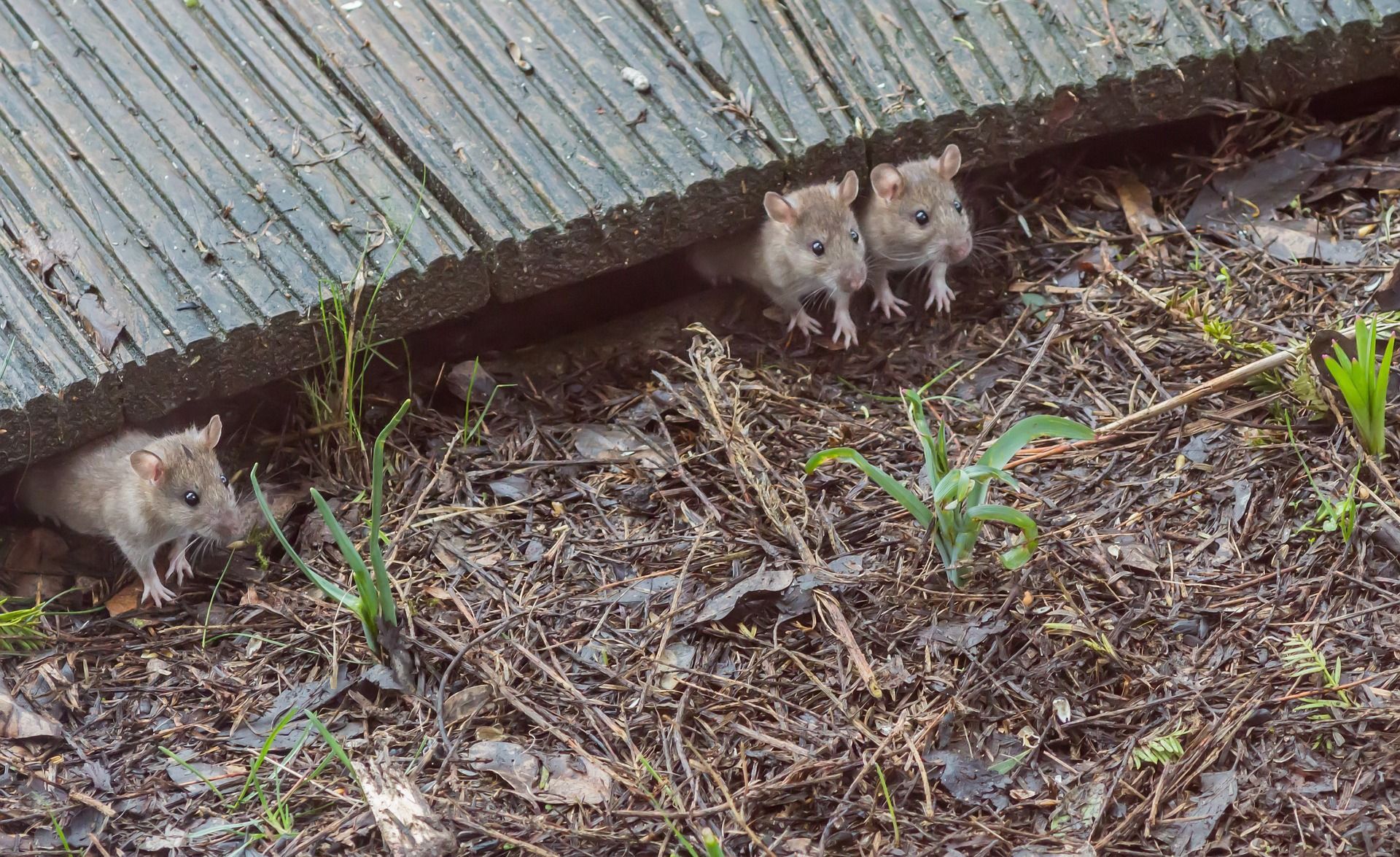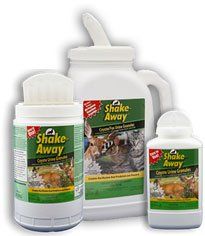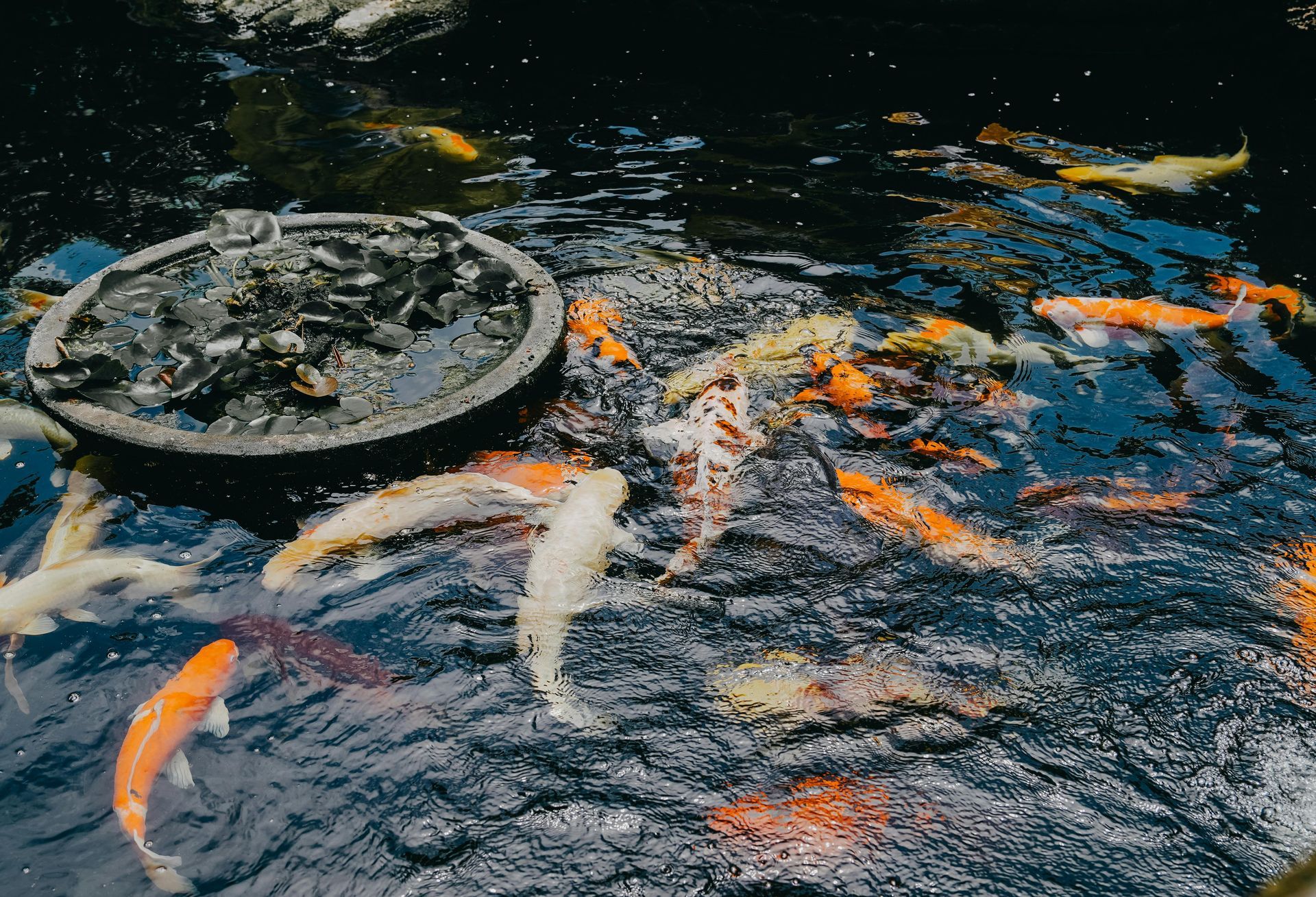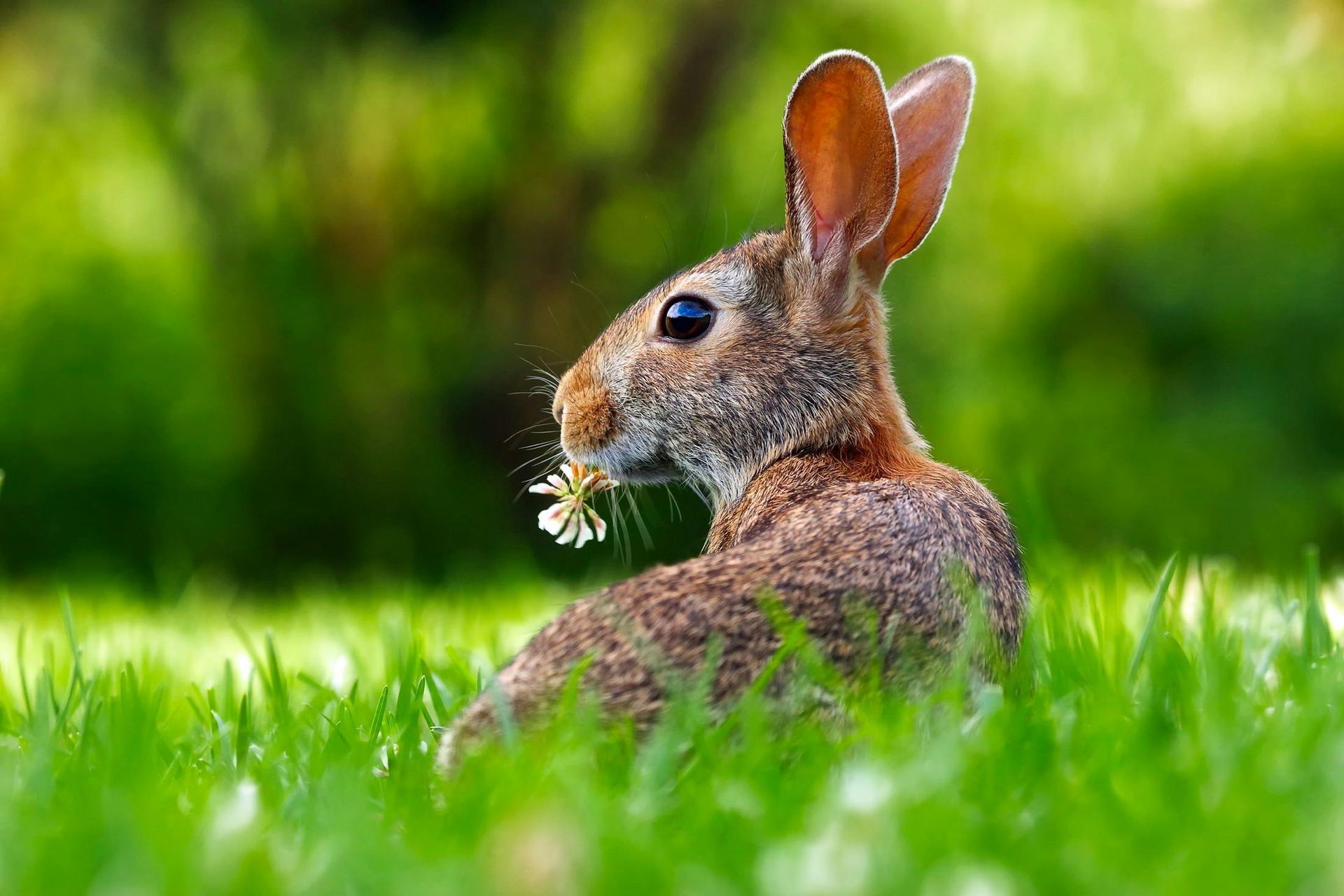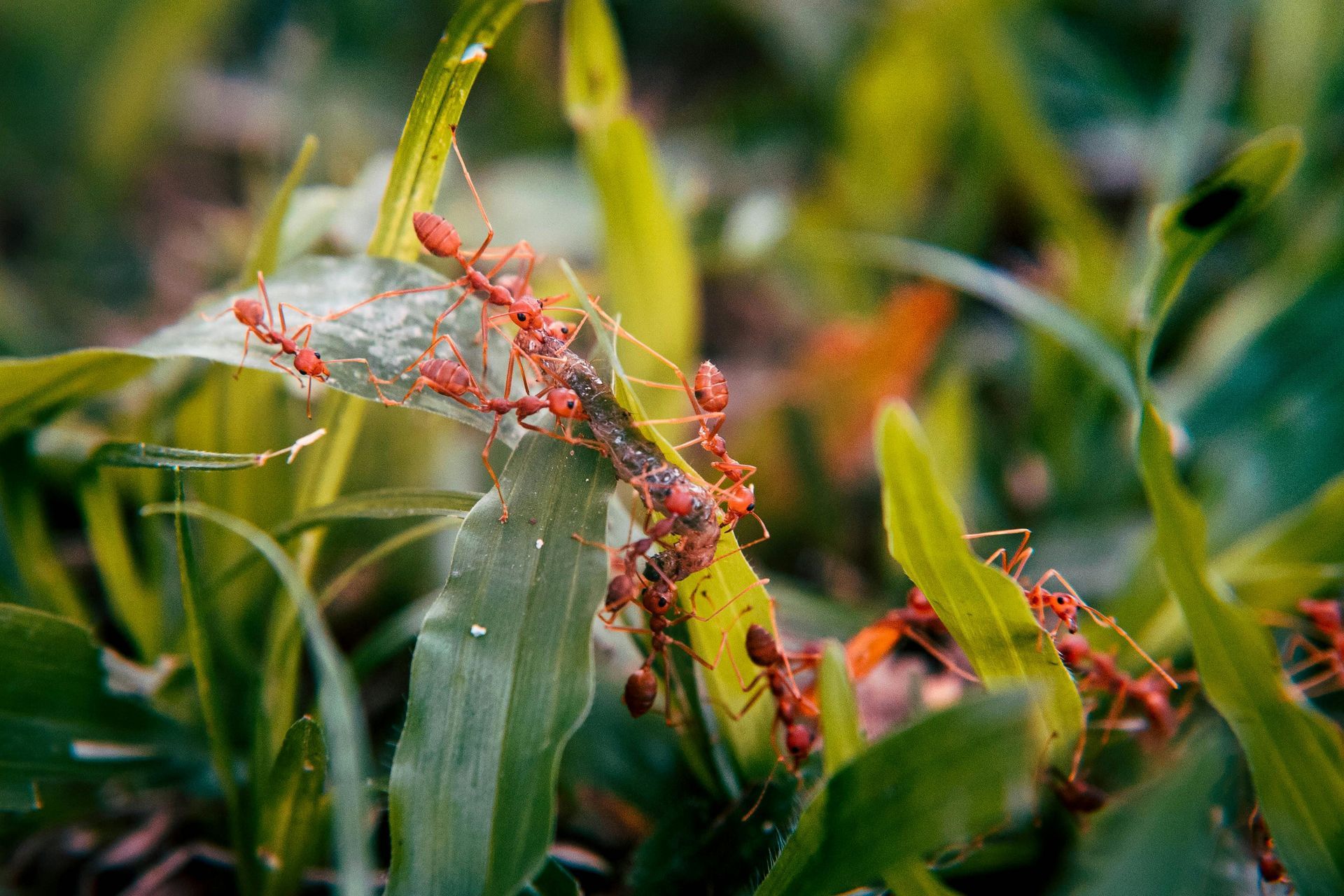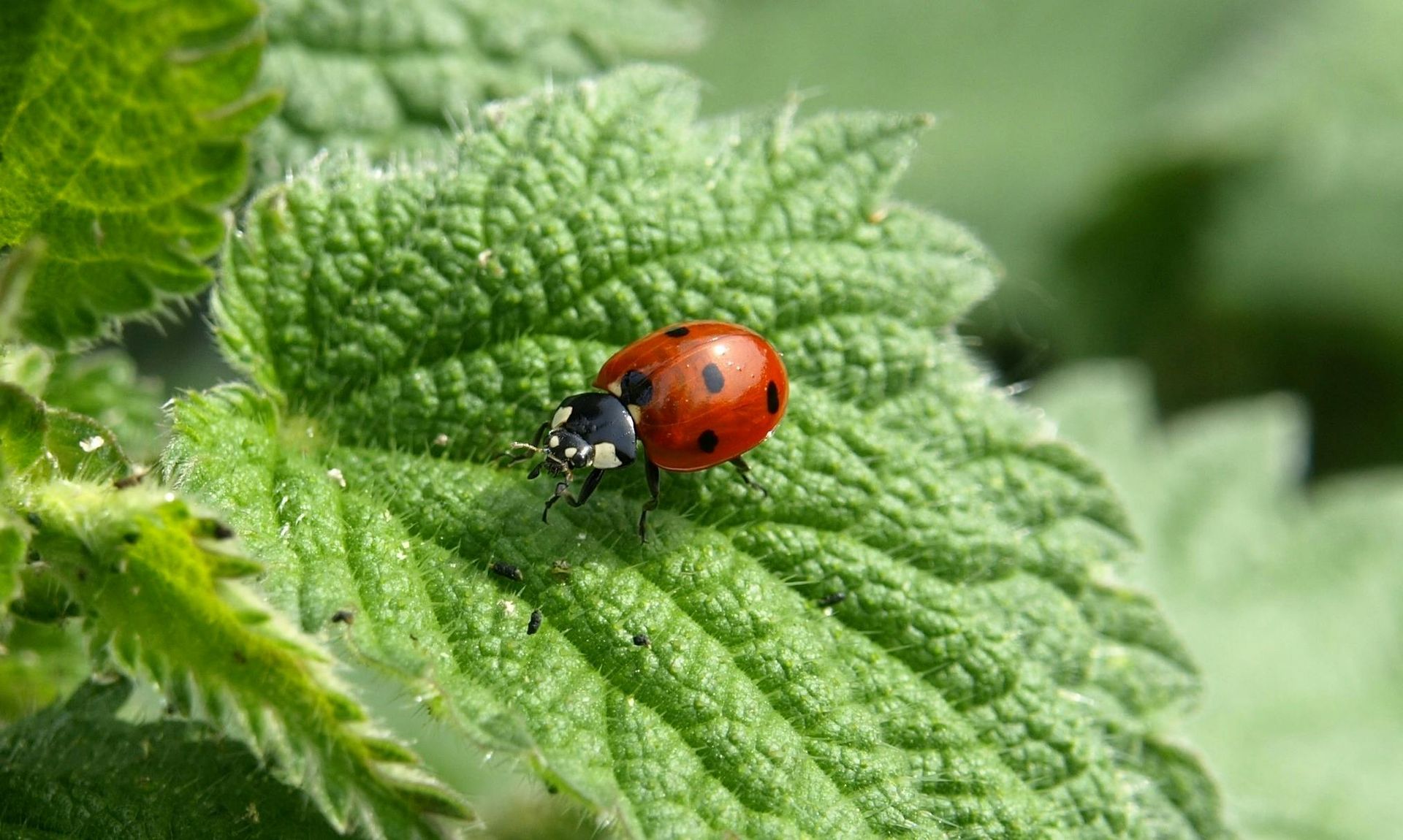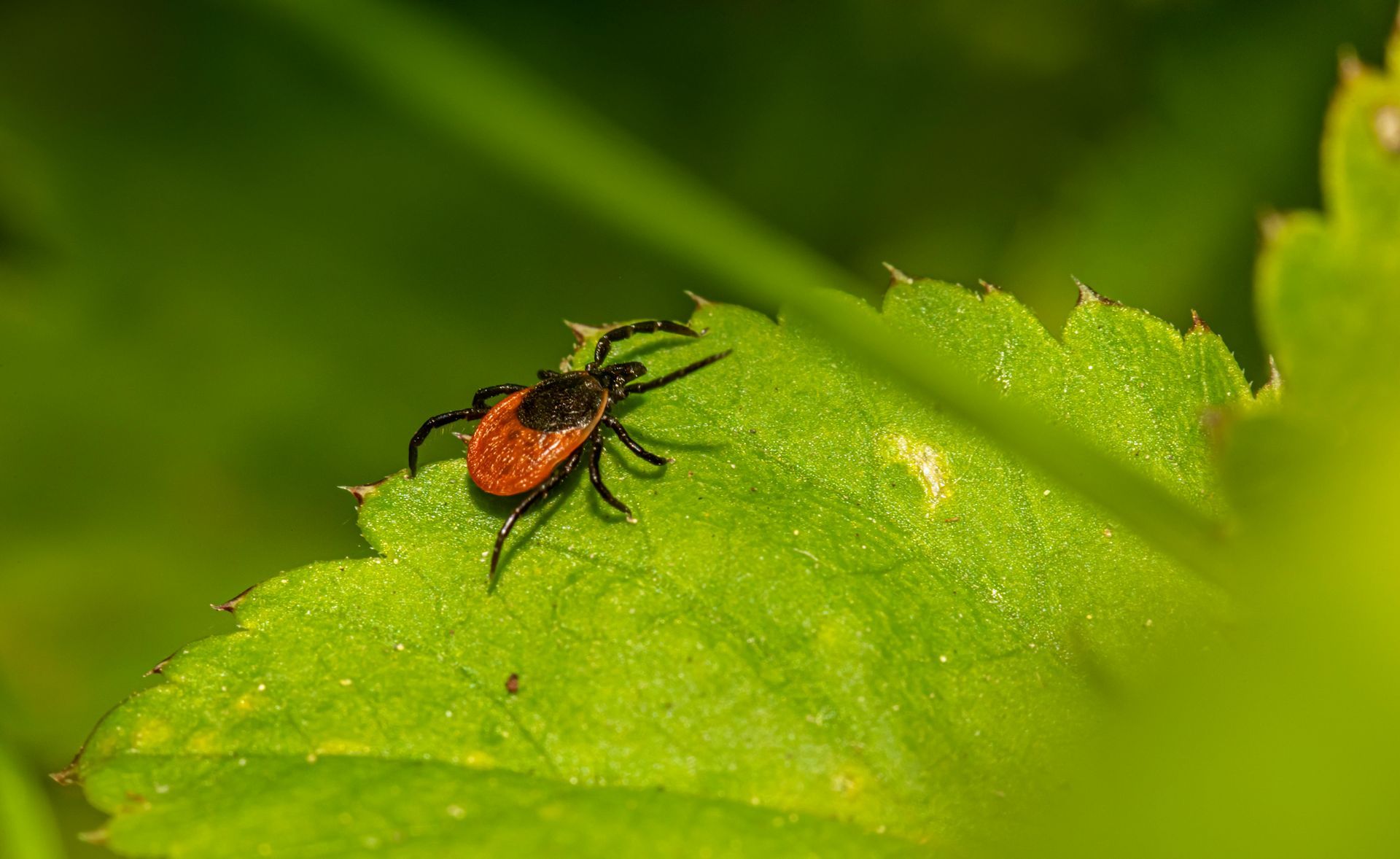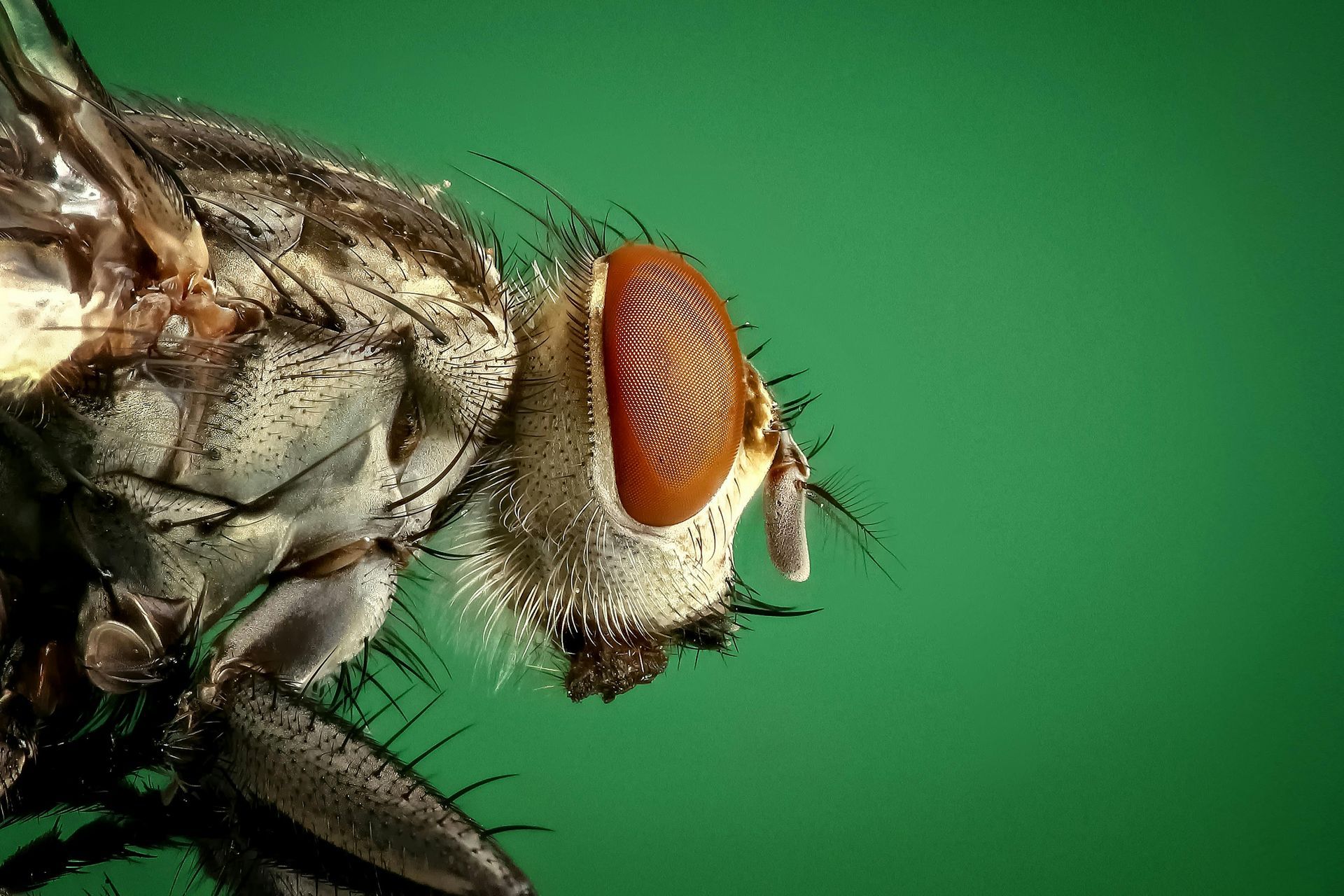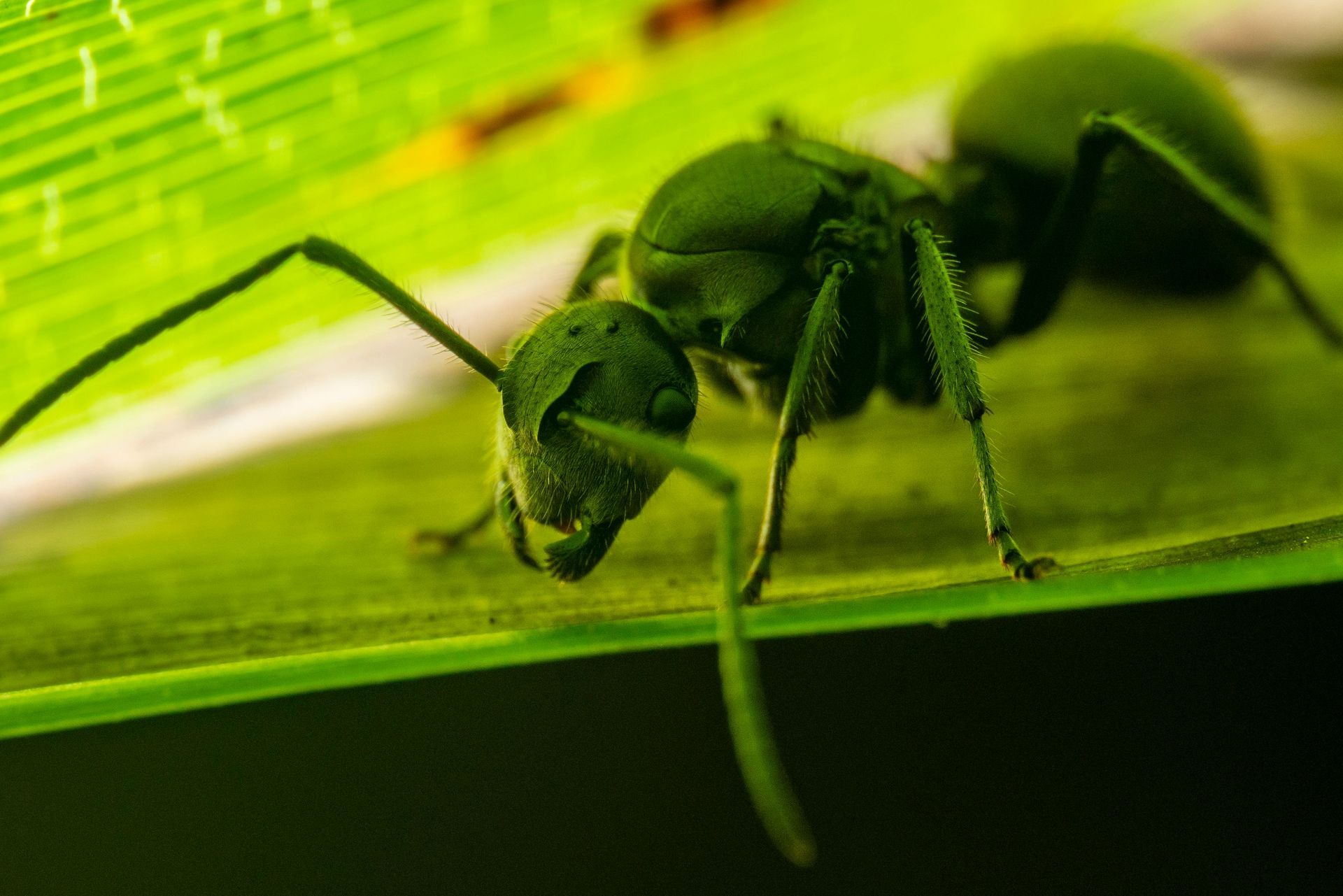How to Protect Your New Seedlings in the Spring
It’s such a great feeling to finally get out in the garden after the winter months, to put some seeds and seedlings in the ground. As exciting as spring is, it can be a risky time for your new plantings. … Continue reading →

Spring Planting is Just Around the Corner
It’s such a great feeling to finally get out in the garden after the winter months, to put some seeds and seedlings in the ground. As exciting as spring is, it can be a risky time for your new plantings. There are several things to watch out for.
Watch for Frost
During the early spring, you should keep an eye on the weather forecasts to make sure you are ready to care for your plants if they are calling for a frost. Some early spring plants will be fine with a light frost, but it can be a killing event for a lot of other delicate new seedlings.
A light-weight cloth covering is a good method since you can toss it over your plant beds quickly. Just make sure it’s secured down and won’t blow away before morning. You can also use an upside down bucket or other solid shape covers, which are a good option if you don’t want to risk damaging small plants and only have a few to protect.
Spring Rains
Get Rid of Moles Naturally
Spring weather can be unpredictable, and you may have heavy rains to contend with as well as the potential frosts. If a storm starts to brew, having some plastic or solid containers over your plants is a smart idea. When using loose plastic, you need to have some supports (like stakes) so the plastic itself doesn’t crush your plants under the force of the rain.
Keep Away the Animals
Whether you have browsing deer or scurrying voles, there are always potential risks to your new plants from local animals. Many animals are very hungry after a lean winter and your new seedlings are a strong temptation. Fences can be helpful but most animals have ways around, over or under them. A better option is to place natural repellents out as soon as the seedlings have sprouted. Pellets work great for smaller animals and repellent packs can be put in place for deer. Either way, it will keep your new garden from becoming a buffet.
And not all threats are the 4-legged variety either. Some birds are likely to peck at tender shoots or even dig up the seeds (especially for large seeds like corn or beans). A sheet of bird netting can be set up over your plants to keep these pests out.
Insects Too
Thankfully, the insect problems that are part of everyone’s garden tend to be smaller in the early spring. That doesn’t mean you are completely out of the woods, though. Eggs laid in the fall are starting to hatch, meaning there can be lots of hungry grubs and caterpillars about at this time of year. Get a potent insect repellent (a natural one is best for your soil), and keep your eyes open for emerging pests.
Critter Repellent All Natural Animal Repellent Blog
